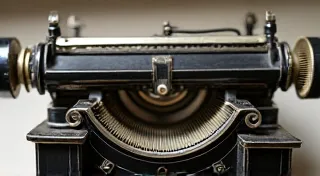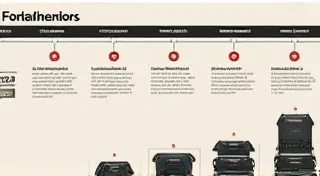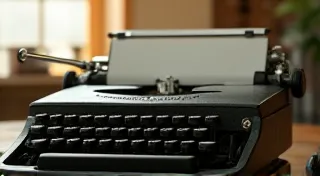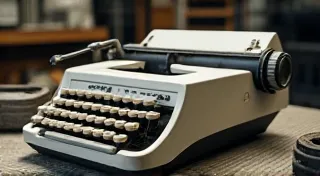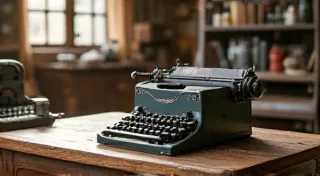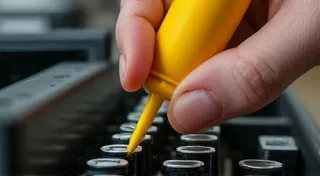Cleaning and Preserving Typewriter Ribbons
Vintage typewriters are more than just machines; they's time capsules, mechanical works of art, and tools for creating tangible history. A crucial, often overlooked, component of these machines is the typewriter ribbon. These ribbons, essential for producing those beautiful, crisp letters, are often fragile and prone to degradation over time. Proper cleaning and preservation are key to ensuring they remain usable and contribute to the overall enjoyment of your vintage typewriter. Often, the delicate nature of a vintage typewriter's ribbon reflects the complexity of the machine itself; a machine that might require a comprehensive restoration process for optimal function, like the intricacies involved in Remington Rand Model 9 restoration.
Understanding Typewriter Ribbons: Materials and Degradation
Historically, typewriter ribbons were made from various materials. Early ribbons were often made of silk, later evolving to nylon and eventually polyester. Each material presents unique challenges regarding cleaning and preservation. Silk ribbons are extremely delicate and sensitive to moisture. Nylon is more robust but susceptible to brittleness. Polyester is generally the most durable but can still fade and become brittle.
Degradation typically occurs due to exposure to light, heat, oxygen, and moisture. These factors cause the ribbon material to oxidize, fade, become brittle, and eventually crumble. Proper storage and careful handling can significantly slow down this process.
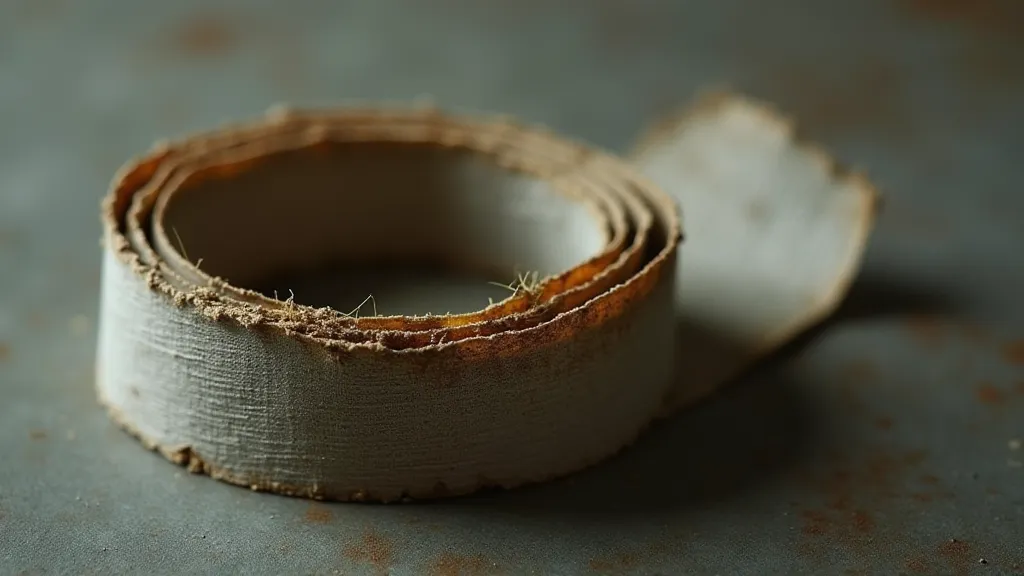
Cleaning Your Typewriter Ribbon: A Delicate Process
Cleaning a typewriter ribbon is a more delicate operation than cleaning the machine itself. Aggressive cleaning methods can easily damage the ribbon. Here's a recommended approach:
- Assess the Ribbon's Condition: Determine the type of ribbon (silk, nylon, or polyester) and the extent of the accumulated ink and grime.
- Gentle Dusting: Start with a soft, dry brush (like a small paintbrush or a cosmetic brush) to gently remove loose dust and debris.
- Solvent Cleaning (Use with Caution!): If the ribbon is heavily soiled, a very mild solvent can be used. This is risky and should only be attempted by experienced restorers. Suggested solvents (always test in an inconspicuous area first!) include:
- Isopropyl Alcohol (91% or higher): Dilute with distilled water (1 part alcohol to 3 parts water). Apply sparingly with a cotton swab and gently wipe the ribbon surface.
- Specialized Ribbon Cleaning Solutions: Some companies offer solutions specifically designed for cleaning typewriter ribbons. Follow the product instructions carefully.
- Avoid Water: Water can stain and damage most vintage typewriter ribbons, especially silk ribbons. The intricacies of maintaining a typewriter involve more than just the ribbon; the carriage return mechanism, for instance, can often require meticulous adjustment, a task detailed in Understanding and Adjusting Typewriter Carriage Return.
- Allow to Dry Completely: After any cleaning, allow the ribbon to dry completely in a cool, dark, well-ventilated area.
Preserving Your Typewriter Ribbons: Long-Term Care
Once cleaned, proper storage is critical for preserving your typewriter ribbons:
- Cool, Dark Storage: Store ribbons in a cool, dark place away from direct sunlight and heat. Attics and basements are often unsuitable due to temperature fluctuations.
- Airtight Containers: Place ribbons in airtight containers (like resealable plastic bags or archival storage boxes) to minimize exposure to oxygen and moisture.
- Desiccant Packs: Include a desiccant pack (like silica gel) in the storage container to absorb any residual moisture.
- Avoid Creasing: Handle ribbons carefully to avoid creasing or bending, which can damage the material.
- Regular Inspection: Periodically check your stored ribbons for signs of degradation. Early detection allows for corrective action before the damage becomes irreversible. Sometimes, the entire alignment of the typewriter needs to be addressed; a complex process explained in Demystifying Typewriter Alignment: A Practical Guide.
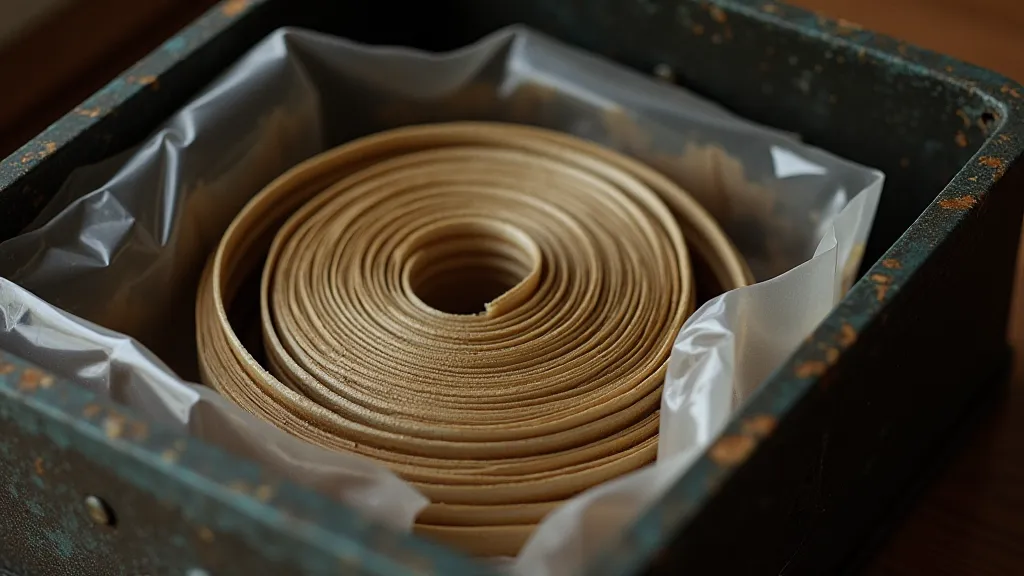
Specific Considerations for Different Ribbon Types
Here's a brief overview for each ribbon type:
- Silk Ribbons: Handle with extreme care. Avoid solvents altogether if possible. Focus on gentle dusting and proper storage. The subtle nuances and stories embedded in older Underwood models often require patient exploration – much like uncovering a ghostly narrative in The Ghost in the Gears: Unearthing Narrative Resonance in Neglected Underwood Models.
- Nylon Ribbons: More resilient than silk, but still susceptible to brittleness. Use solvents very sparingly and with caution.
- Polyester Ribbons: The most durable, but still requires careful storage to prevent fading and brittleness.
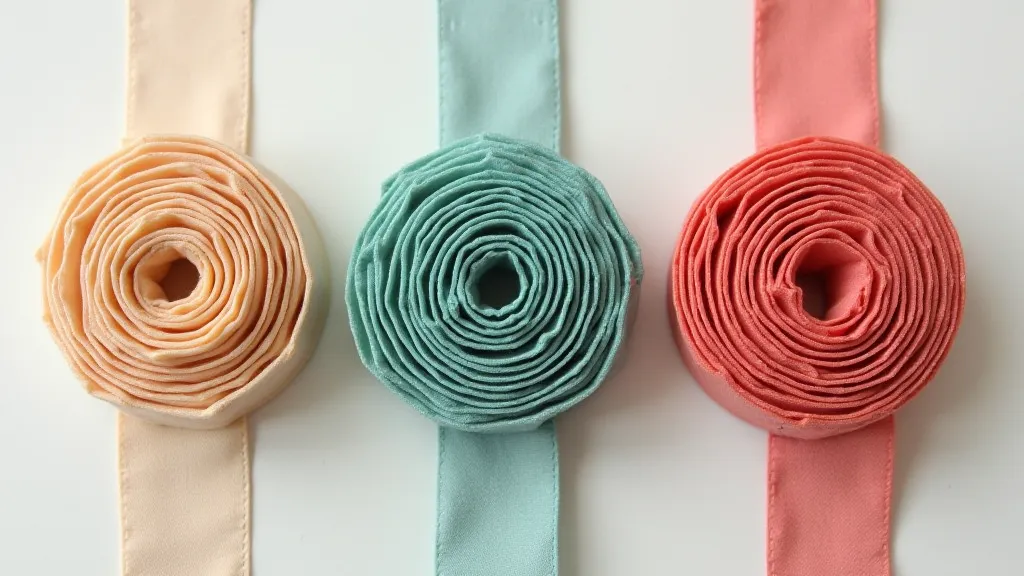
Deeper Dive: Troubleshooting Common Ribbon Issues
Beyond the basic cleaning and preservation techniques, several common issues can arise with vintage typewriter ribbons. Recognizing and addressing these problems promptly can significantly extend the ribbon's lifespan and maintain the quality of your typed documents.
Fading and Color Distortion
Even with careful storage, ribbons can fade over time, particularly those with vibrant colors. This fading is a result of the ribbon's dyes reacting with oxygen and ultraviolet light. While some fading is inevitable, minimizing exposure to light and oxygen can slow down the process. Consider using UV-protective storage containers for particularly valuable or brightly colored ribbons.
Brittleness and Crumbling
As ribbons age, they become brittle and prone to crumbling. This is a sign of material degradation, and unfortunately, there's often no way to reverse it. However, handling brittle ribbons with extreme care can prevent further damage. Avoid bending or creasing them, and consider transferring the ink to a new ribbon if possible (a complex procedure best left to experts).
Ink Smearing and Bleeding
Sometimes, ribbons can start to smear or bleed ink onto the paper. This can be caused by several factors, including excessive moisture, contamination, or simply a degraded ribbon. If you notice ink smearing, avoid using the ribbon and consider replacing it.
"Ghosting" and Uneven Impression
Ghosting, or uneven impression, occurs when the typed characters appear faintly on the reverse side of the paper. This can be caused by a number of issues, including incorrect ribbon tension, a dirty or misaligned typebar, or a problem with the platen. Troubleshooting ghosting often requires a comprehensive typewriter adjustment.
The Art of Ribbon Replacement (for the Advanced Enthusiast)
While preserving existing ribbons is paramount, sometimes replacement is necessary. Replacing a typewriter ribbon is a delicate and intricate process that requires specialized tools and expertise. If you're not comfortable performing this task yourself, it's best to entrust it to a qualified typewriter repair technician.
Resources for Vintage Typewriter Ribbon Enthusiasts
The world of vintage typewriters and their ribbons is a rich and fascinating one. Here are a few resources for those seeking to deepen their knowledge:
- Online Forums: Numerous online forums and communities are dedicated to vintage typewriters. These are excellent places to ask questions, share experiences, and learn from other enthusiasts.
- Typewriter Repair Manuals: Original typewriter repair manuals can provide invaluable information on ribbon replacement and other maintenance procedures.
- Typewriter Repair Shops: Local typewriter repair shops are a great resource for ribbon replacement, typewriter repairs, and expert advice.
Conclusion
Taking the time to properly clean and preserve your vintage typewriter ribbons is an investment in the longevity and enjoyment of your treasured machines. By following these tips, you can ensure that these vital components remain usable for years to come, continuing to produce those beautiful, vintage-style impressions.
